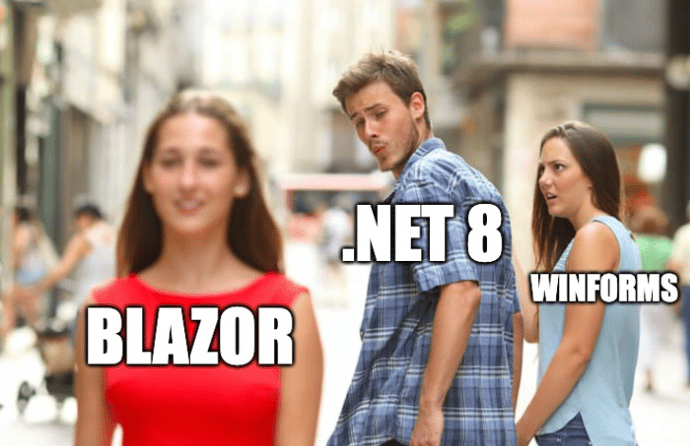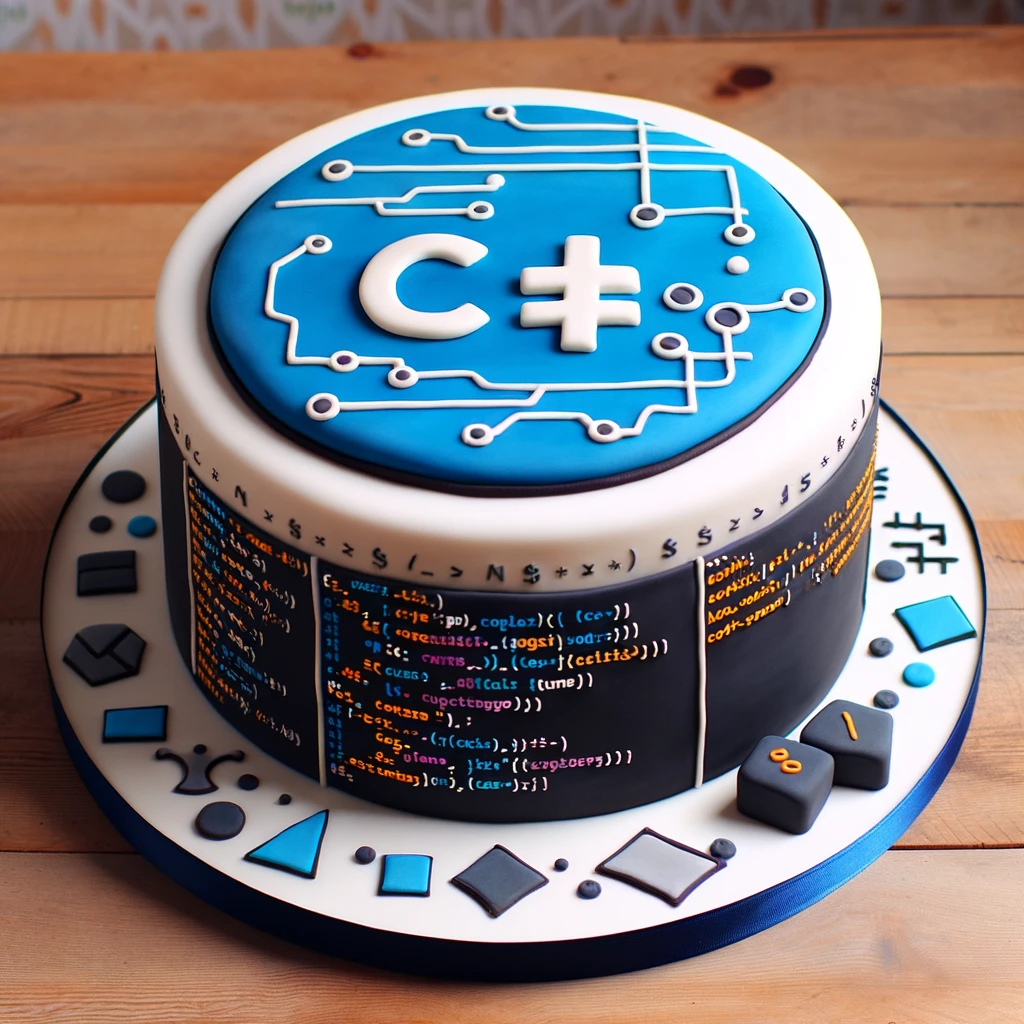.NET 8 is here, it's sweet, and we can get you there
by John Browne, on Nov 20, 2023 10:18:21 AM

The unveiling of .NET 8 last week at .NET Conf showed not just the expected new features but also a clear view of Microsoft's view of .NET as an all-encompassing development platform focused on cloud native apps.
Let's look at some of the highlights and what it means for legacy apps, as well as new development.
What's new in .NET 8
From its humble beginnings, .NET has gotten swole. Although it's open source, don't kid yourself about Microsoft's ownership. It is and will forever be joined at the hip to the Microsoft strategy. The Sun/Java lawsuit was a huge wakeup call for everyone in the developer tools business at Microsoft as they learned the hard way they couldn't rely on an external platform they didn't control. .NET was created in a clean room to make sure no IP from the Java days crept in to avoid any future complications.
Initially .NET was simply a better way to write Windows apps using the C# programming language. In the post-Ballmer years, Satya has see the light of cloud services and Azure has become the thing-that-replaces-Windows as a corporate focus. And .NET has over time morphed into a all-in development platform for, you guessed it: Azure.
The three days of the .NET conference were loaded with content, but two things that seemed to be in virtually every session: Blazor and Azure. Blazor for development and Azure for deployment.
Introducing Aspire

The importance of Aspire to the overall strategy was clear by its early and frequent mentions in Day 1 keynotes. In spite of the dopey name, which sounds like a new EV from Kia, Aspire on the surface looks like a bundle of stuff for Azure, but a deeper dive will show that it's a fully baked platform for development PLUS deployment and maintenance on Azure. Aspire gives you a full stack of curated components for development (Blazor), hosting (services and APIs), and observability (health and telemetry).
Setting up a full stack with cloud services is complicated, tricky, and risky--configure too much service and your bill goes through the roof; make it too stingy and perhaps your apps will slow to a crawl or outright crash. Aspire is a bet that people will welcome a full stack template to at least stand up an app and tune it later. Looking forward to learning more about this in the near future.
C# is still the one

I get that Python, Rust, etc are today's go-to for beefing up your resume, but still, a LOT of places are on the Microsoft train and C# is the ticket to ride. C# isn't the only language that works with .NET 8, but it's clearly where all the love goes, at least before any other language. And C# 12 brings more syntactic sugar to tempt you. The stated goal is to simplify the syntax (eg common syntax using [ ] for all collection types), making code faster and easier to write and easier to read. (What's going to be super interesting is how Microsoft will employ generative AI into their language and compiler stack in the future. What happens with Code Pilot is just the IDE?) Hopefully they will resist the urge to make it as cryptic and weird as C++ got.
Mobilize gets your legacy to .NET 8

We as an organization began over 20 years ago with a single purpose: to make it simple and easy to move to .NET. We've stayed to that purpose while adding to it, with multiple sets of tools--most using off a single AI-based kernel--to move 90s legacy code to modern platforms. We currently have code modernization tools for VB6, VB.NET, C# Winforms, C# Webforms, Microsoft Access, PowerBuilder, Unisys LINC, Clarion, Java, Delphi, and SIlverlight. Many of these old desktop platforms can be migrated to a .NET 8 native web SPA architecture using Angular, JSON, and ASP.NET Core.
A great starting point is to run our free code scanner and inventory tool, which you can download here. This will catalog and inventory all the recognizable source code in a directory tree. If you've inherited some legacy projects, this will at least give you an idea of what you're dealing with. Passing that metadata on to one of our consulting engineers can start a conversation about your options, so you make more of an informed decision about outcomes, schedules, resources, and cost of any legacy modernization requirements you have.
---------------------
The pictures all came from DALL-E; this was the first time I played around with it. I don't know why the cat is in the Wizard of Oz hack, I kept telling the AI to get rid of the cat. Guess it never saw the movie or read the book. Also it added some creepy robot dudes. Some of the intermediate versions were deeply weird. Still not afraid of my Roomba taking me hostage.



